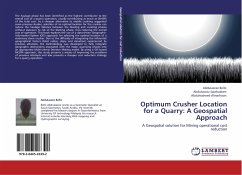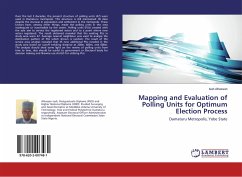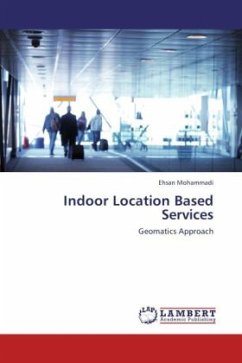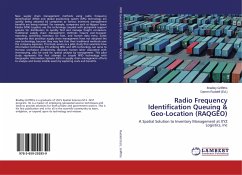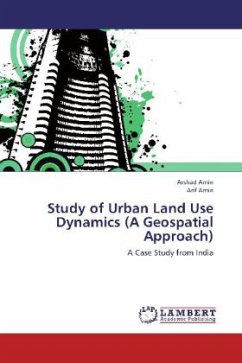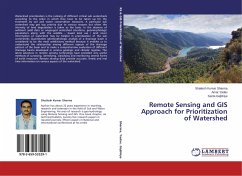The haulage phase has been identified as the highest contributor to the overall cost of a quarry operation, usually contributing as much as 30-60% of the total cost. As a cheaper alternative to mobile crushing suggested some previous studies, selection of an optimal location for the crusher can reduce the haulage distance between the blasting and crushing phases without exposure to risk of the blasting phase, thus reducing the overall cost of operation. This book explores the use of a data-driven Geographic-Information-System (GIS) approach for selecting the optimal location of a stationary stone crusher. Due to the difficulty of integrating the influential geographical factors (blast radius, slope and elevation) experienced by previous attempts, the methodology was developed to fully integrate geographic abstractions associated with the major quarrying phases into an appropriate Multi-criteria Decision Making model. By using a GIS based MCDM approach, this study presents a meansof improving the problems of previous attempts and also presents a cheaper cost reduction strategy for a quarry operation.
Bitte wählen Sie Ihr Anliegen aus.
Rechnungen
Retourenschein anfordern
Bestellstatus
Storno

